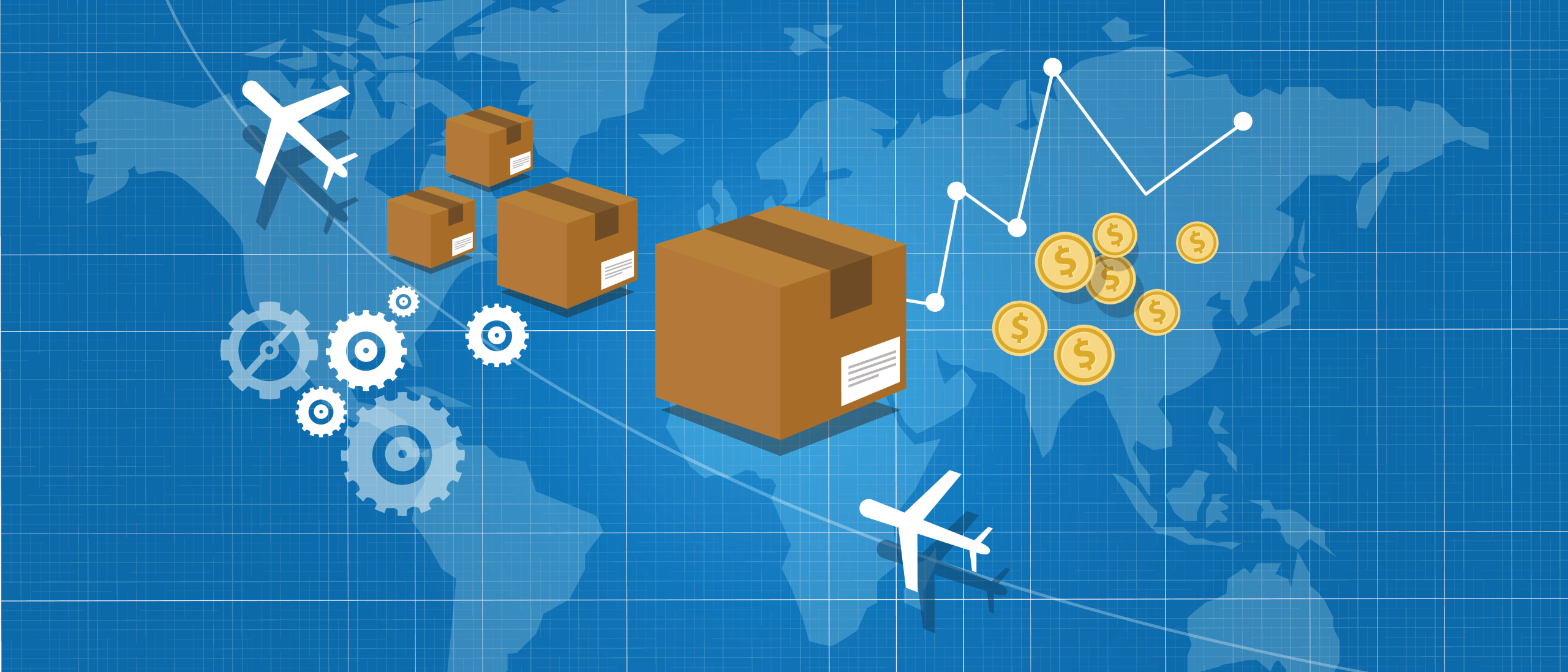Real-Time Visibility: From Factory to Consumer
Real-time visibility transforms supply chains by providing continuous insights from the factory floor to the customer’s doorstep. Instead of relying on periodic updates, businesses can now track products and processes live at every stage. This improves decision-making, increases efficiency, and ensures customers receive their orders on time with complete transparency.
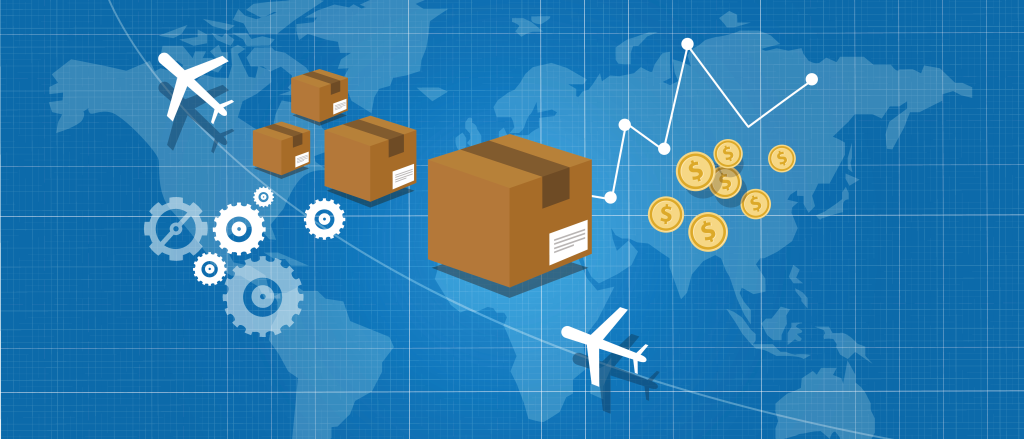
1. What is Real-Time Visibility in Supply Chains?
Real-time visibility is the ability to instantly track goods, materials, and inventory throughout the entire supply chain. It means having up-to-date information on where products are at any moment – whether they’re being manufactured, stored in a warehouse, in transit, or out for delivery.
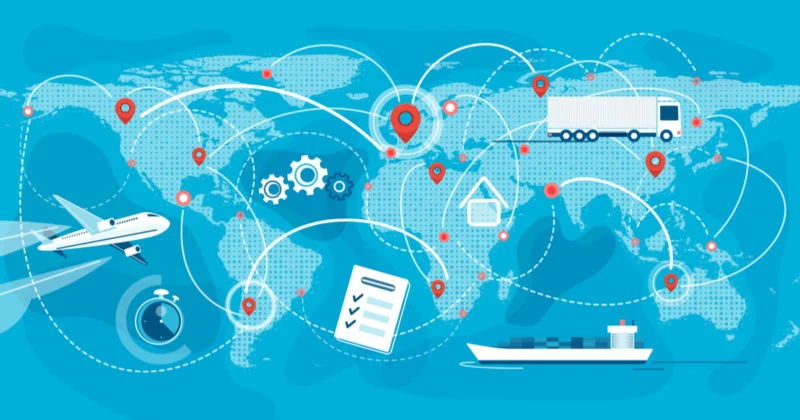
This level of insight is achieved by integrating technologies such as IoT sensors, RFID tags, GPS tracking, and cloud-based logistics platforms. The result is a continuous flow of accurate data, enabling businesses to make informed decisions at every stage.
2. Why Real-Time Visibility Matters: Benefits Across the Chain
a. At the Factory
In manufacturing, real-time visibility ensures that production schedules align with actual inventory and demand data. Manufacturers can:
- Monitor raw material levels to avoid production stoppages
- Track work-in-progress items to identify bottlenecks early
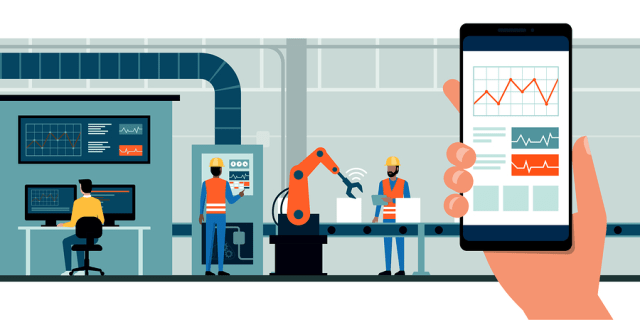
- Synchronize output with downstream supply chain needs
For instance, if a component supplier experiences delays, real-time alerts allow the factory to adjust production plans proactively, avoiding wasted labour or assembly line downtime.
b. During transportation
Once products leave the factory, transportation becomes a critical link. Real-time visibility during this stage provides:
- Exact location updates for shipments in transit
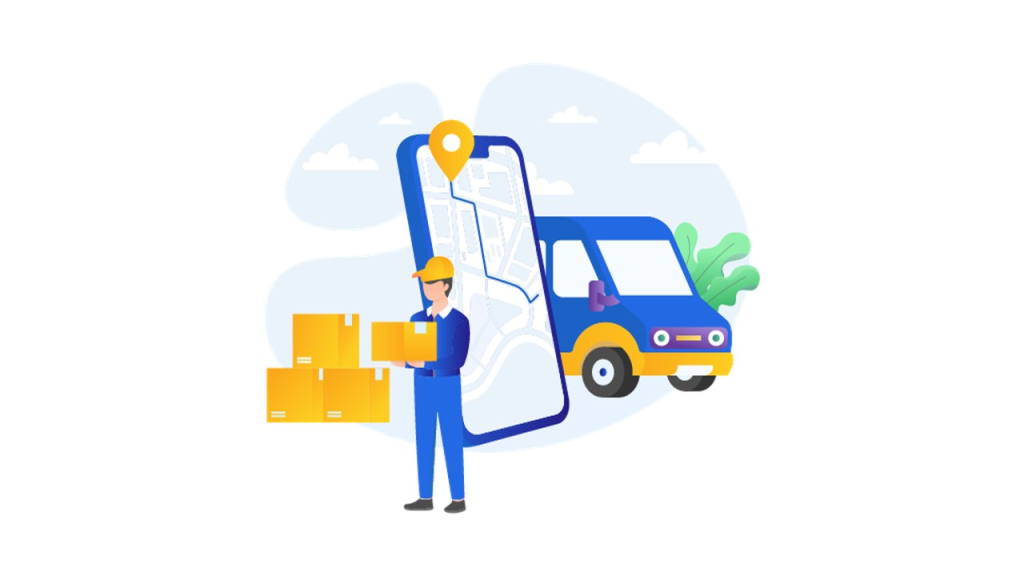
- Estimated arrival times that adjust dynamically based on traffic, weather, or port congestion
- Improved security for high-value goods through constant monitoring
For third-party logistics providers, real-time visibility reduces the risk of lost shipments, delays, and customer complaints. It also enables dynamic rerouting to avoid disruptions, keeping delivery promises intact.
c. In Warehousing and Distribution
Warehouses equipped with real-time tracking can:
- Know exactly what inventory is on hand, down to SKU and location
- Speed up picking and packing processes by directing staff efficiently
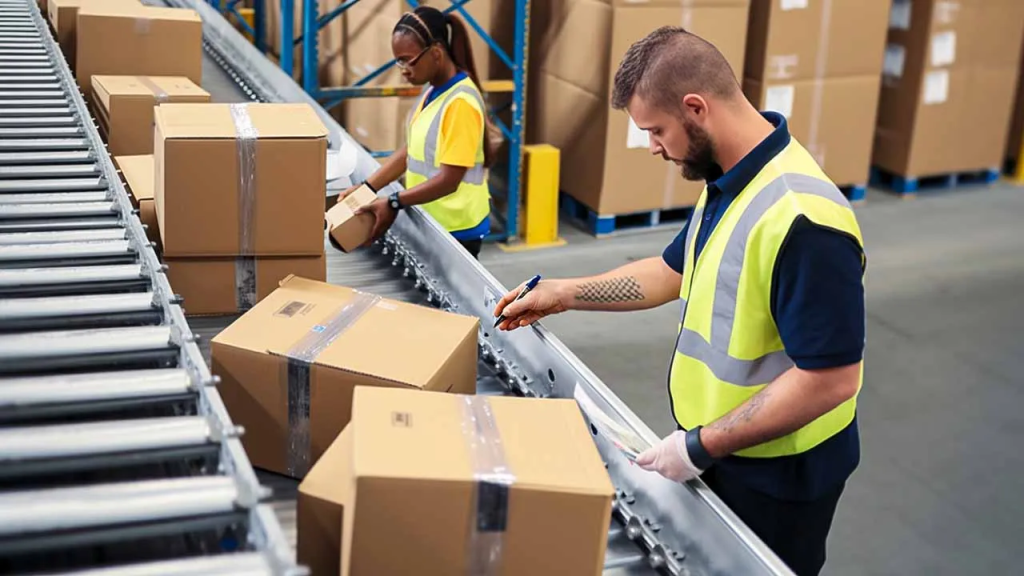
- Reduce errors and returns by ensuring accurate order fulfillment
Moreover, with instant data on inbound and outbound shipments, warehouse managers can optimally plan staffing and space usage, reducing operational costs and enhancing service quality.
d. At the Last Mile
The final leg – delivering to the consumer – is often the most complex and cost-intensive. Real-time visibility at this stage improves:
- Delivery accuracy, as drivers receive optimized routes and live updates
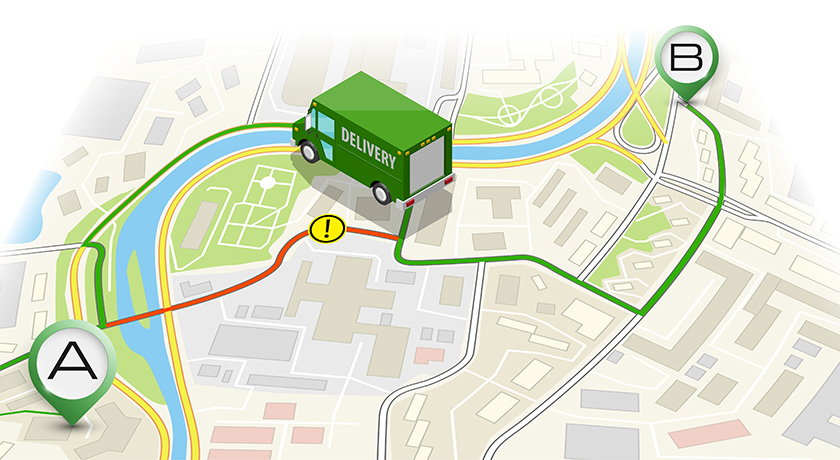
- Customer satisfaction, with precise delivery windows and live tracking links
- Exception management, by alerting both consumers and operations teams instantly if issues arise
For example, if a driver encounters unexpected delays, real-time communication informs the customer proactively, reducing frustration and improving brand trust.
3. Enhancing Consumer Experience
Ultimately, real-time visibility is about delivering a superior customer experience. Consumers want to know:
- Where is my order right now?
- When will it arrive?
- Has there been a delay, and what is the reason?

Brands that provide this level of transparency build loyalty and reduce “where is my order?” inquiries, saving customer service resources and strengthening their reputation.
4. How PostalParcel Supports End-to-End Visibility
Platforms like PostalParcel play a key role in enabling seamless real-time visibility from factory to consumer. By integrating inventory tracking, warehouse management, and transport monitoring into a single dashboard, businesses gain:
- Live shipment tracking across carriers and regions
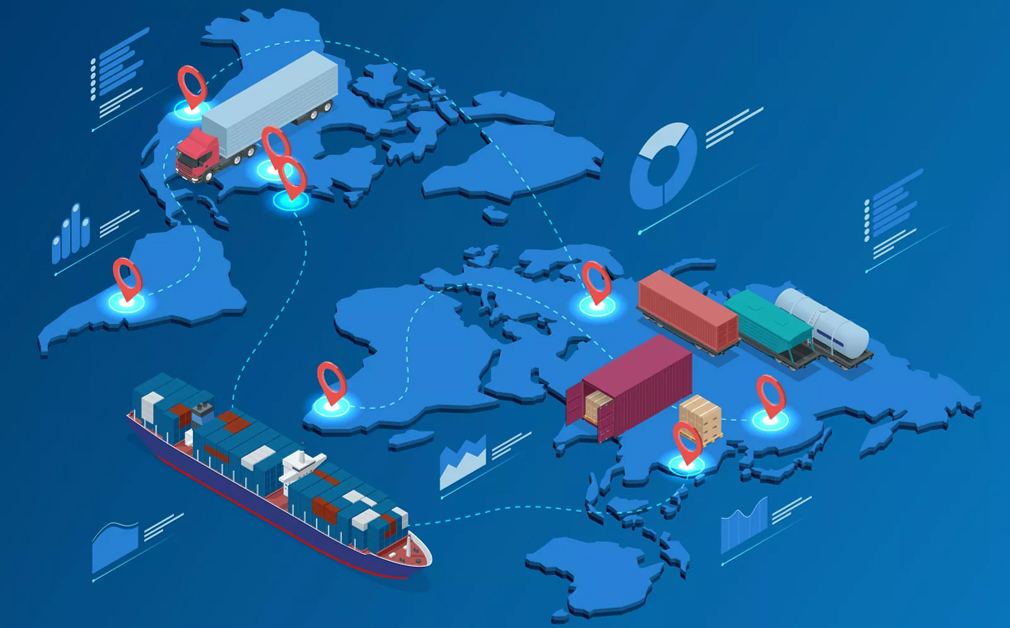
- Consolidated data on inventory movements from production to delivery
- Automated updates to keep customers informed at every step
For example, a PostalParcel retailer can track a product from its Asian manufacturing site, through ocean freight and customs clearance, into their domestic warehouse, and finally to the consumer’s doorstep – all within a unified system. This reduces manual data entry errors, improves operational efficiency, and enhances customer experience.
5. Challenges in Achieving Real-Time Visibility
Despite its apparent benefits, implementing real-time visibility comes with challenges:
- Data Integration: Supply chains involve multiple systems and partners. Consolidating data streams into a single platform requires robust integration capabilities.
- Technology Investment: Deploying IoT sensors, RFID tags, and cloud platforms involves upfront costs that must be justified with ROI
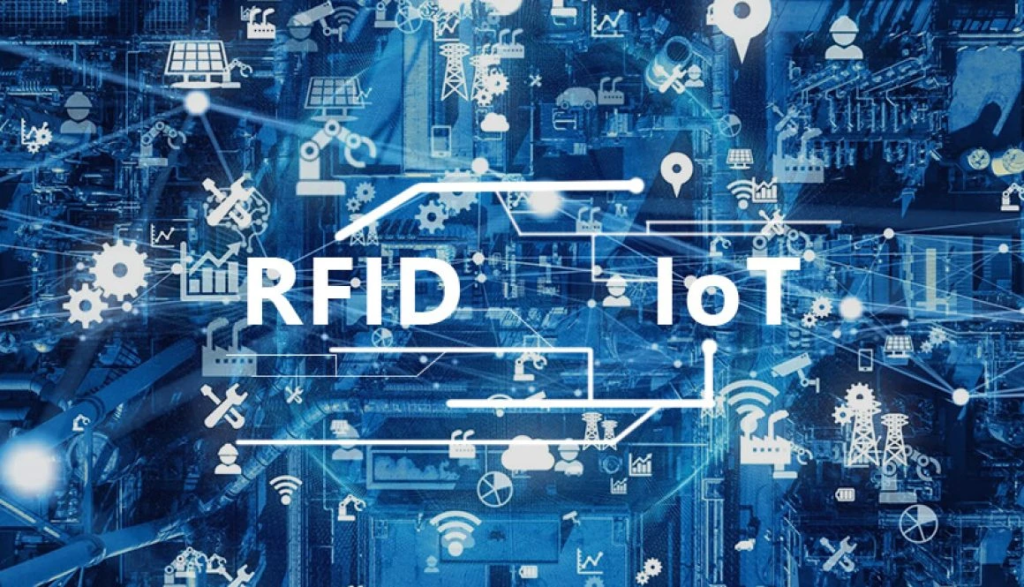
- Data Quality and Accuracy: Real-time visibility is only as good as the data it captures. Ensuring clean, accurate data inputs is essential.
- Change Management: Staff must be trained to adopt new processes and leverage real-time data for decision-making
Overcoming these challenges requires careful planning, reliable technology partners, and strong internal alignment.
6. The Future: Beyond tracking
Real-time visibility will evolve beyond simple tracking. Future applications include:
- Predictive Analytics: Using live data to forecast demand shifts, supply disruptions, or inventory shortages before they occur

- AI-Driven Optimisation: Automating decisions on routing, replenishment, and resource allocation in real time
- Customer Personalisation: Providing consumers with delivery options, times, and notifications tailored to their preferences based on live operational data
Businesses that invest in these capabilities will be better positioned to compete in hyper-connected markets.
Conclusion
Real-time visibility is revolutionising supply chains from factory to consumer. It ensures manufacturers produce efficiently, transporters deliver reliably, warehouses operate optimally, and customers stay informed and satisfied.
For companies looking to implement end-to-end visibility seamlessly, platforms such as PostalParcel offer integrated solutions that simplify data consolidation and operational monitoring. Real-time visibility transforms supply chains into agile, responsive, and customer-centric networks.
Industry Insights
news via inbox
Nulla turp dis cursus. Integer liberos euismod pretium faucibua

